Anuradhapura: The Sacred Ancient Capital
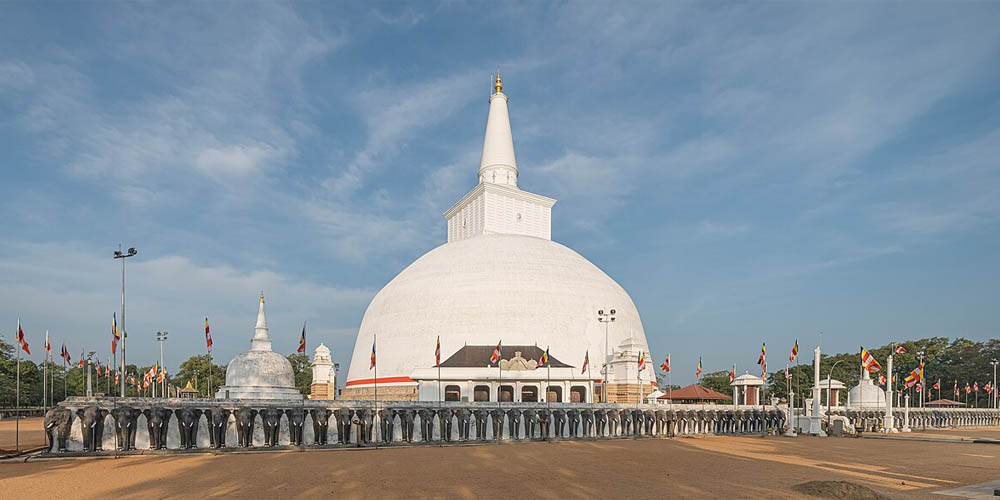
Anuradhapura, Sri Lanka’s first established kingdom and medieval capital, stands as one of the oldest continuously inhabited cities in the world. Founded in the 4th century BCE, this sacred city flourished for over 1,300 years as a major center of political power and Buddhist culture, leaving behind a remarkable legacy of architectural grandeur and spiritual significance.
Designated as a UNESCO World Heritage Site in 1982, Anuradhapura represents the pinnacle of early Sinhalese civilization. The ancient city showcases sophisticated urban planning, advanced hydraulic engineering, and monumental religious architecture that continue to inspire awe and reverence.
Sacred Landmarks
The city is home to some of Buddhism’s most venerated sites, including the Sri Maha Bodhi—the sacred fig tree grown from a sapling of the original Bodhi tree under which Lord Buddha attained enlightenment. Brought to Sri Lanka in the 3rd century BCE, it is believed to be the oldest documented tree in the world.
Anuradhapura’s landscape is dominated by magnificent dagobas (stupas), including the Ruwanwelisaya, Jetavanaramaya, and Abhayagiriya, which rank among the tallest ancient brick structures ever constructed. These architectural marvels demonstrate the extraordinary engineering skills and religious devotion of ancient Sri Lankan civilization.
Archaeological Treasures
The extensive archaeological remains include elaborately carved moonstones, guard stones, intricate stone sculptures, and the famous Twin Ponds (Kuttam Pokuna), which exemplify the advanced hydraulic technology of the period. The ancient reservoirs and irrigation systems built during this era continue to function, demonstrating the sophisticated water management expertise of early Anuradhapura engineers.
Living Heritage
Anuradhapura remains a living religious center, attracting thousands of pilgrims and visitors annually. The sacred city serves as a vital link between Sri Lanka’s glorious past and its cultural present, preserving Buddhist traditions and architectural wisdom for future generations.
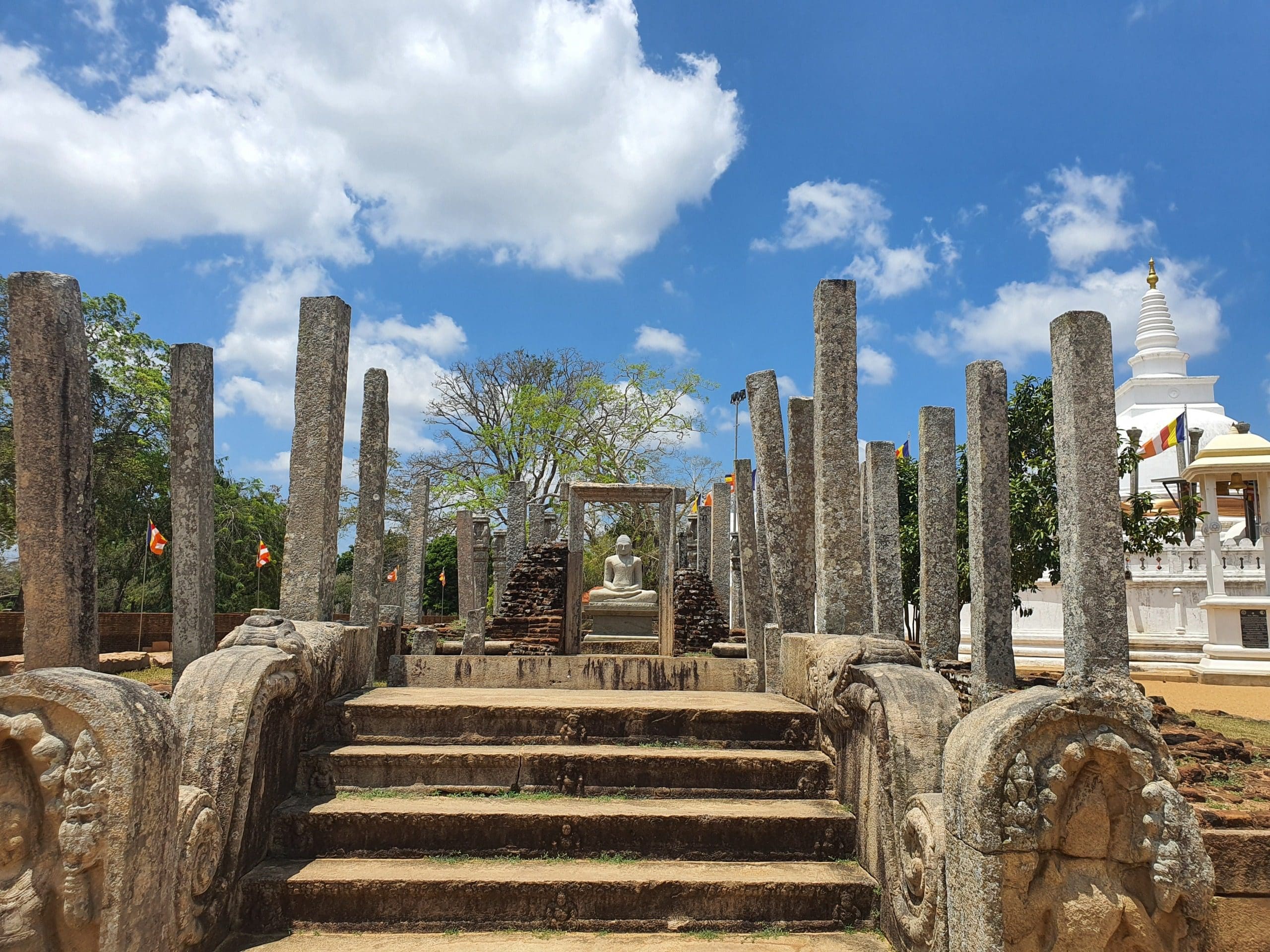
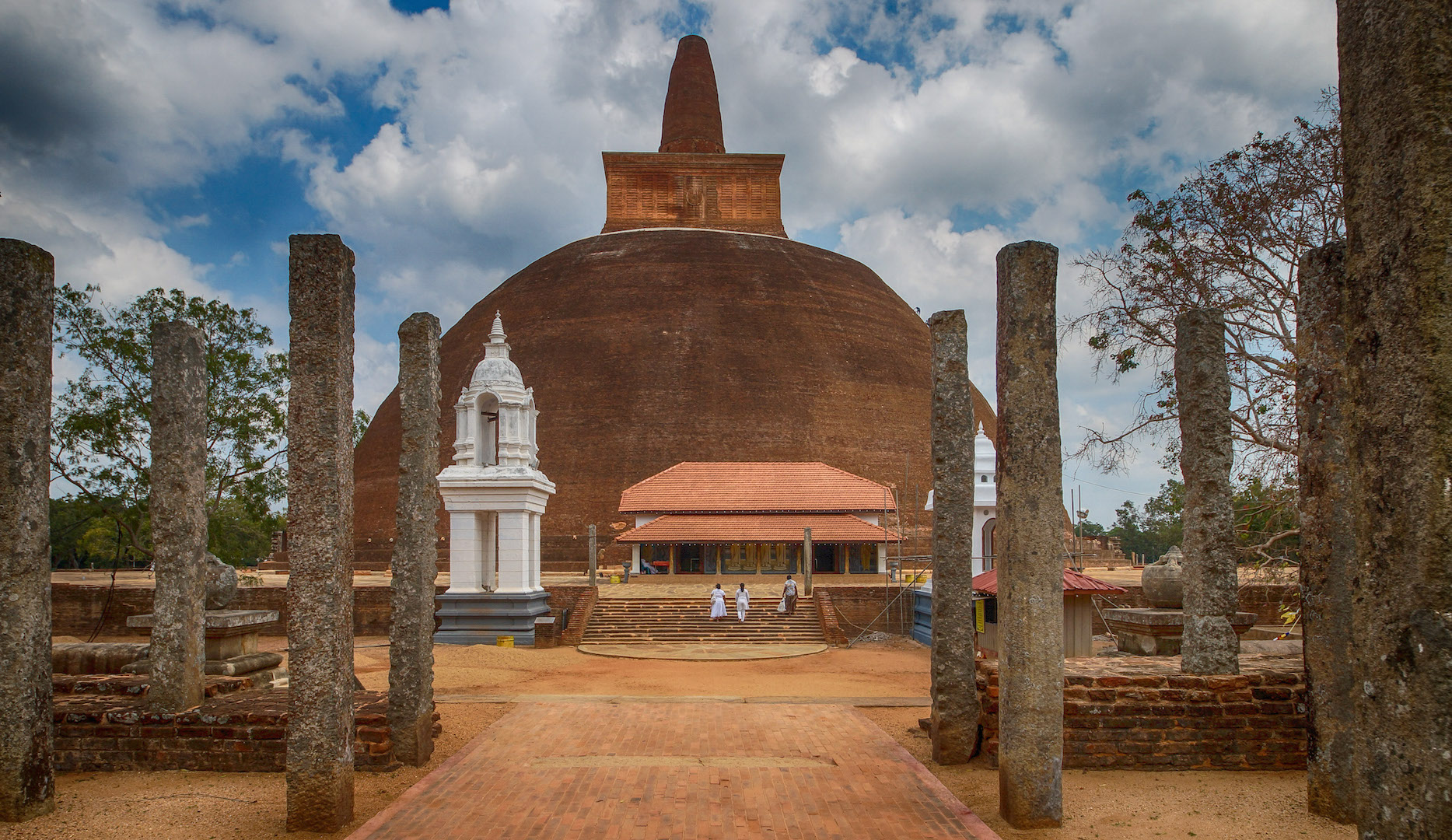
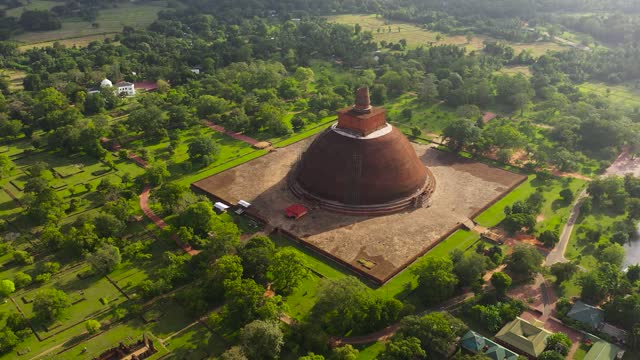
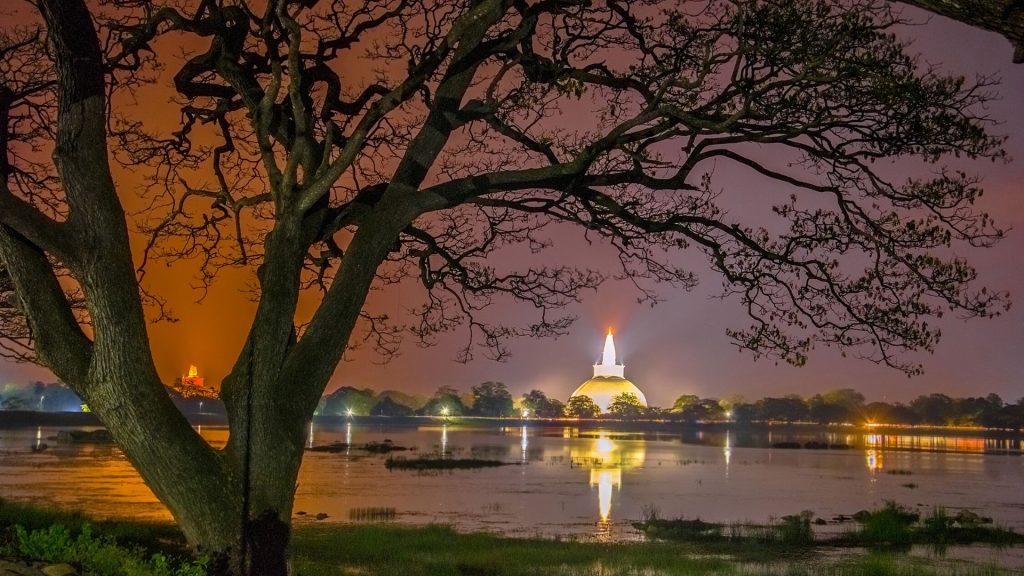
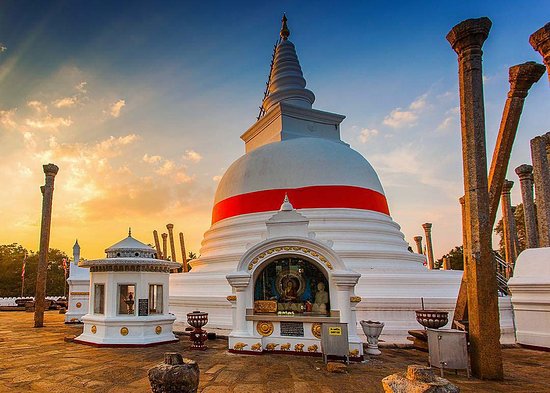
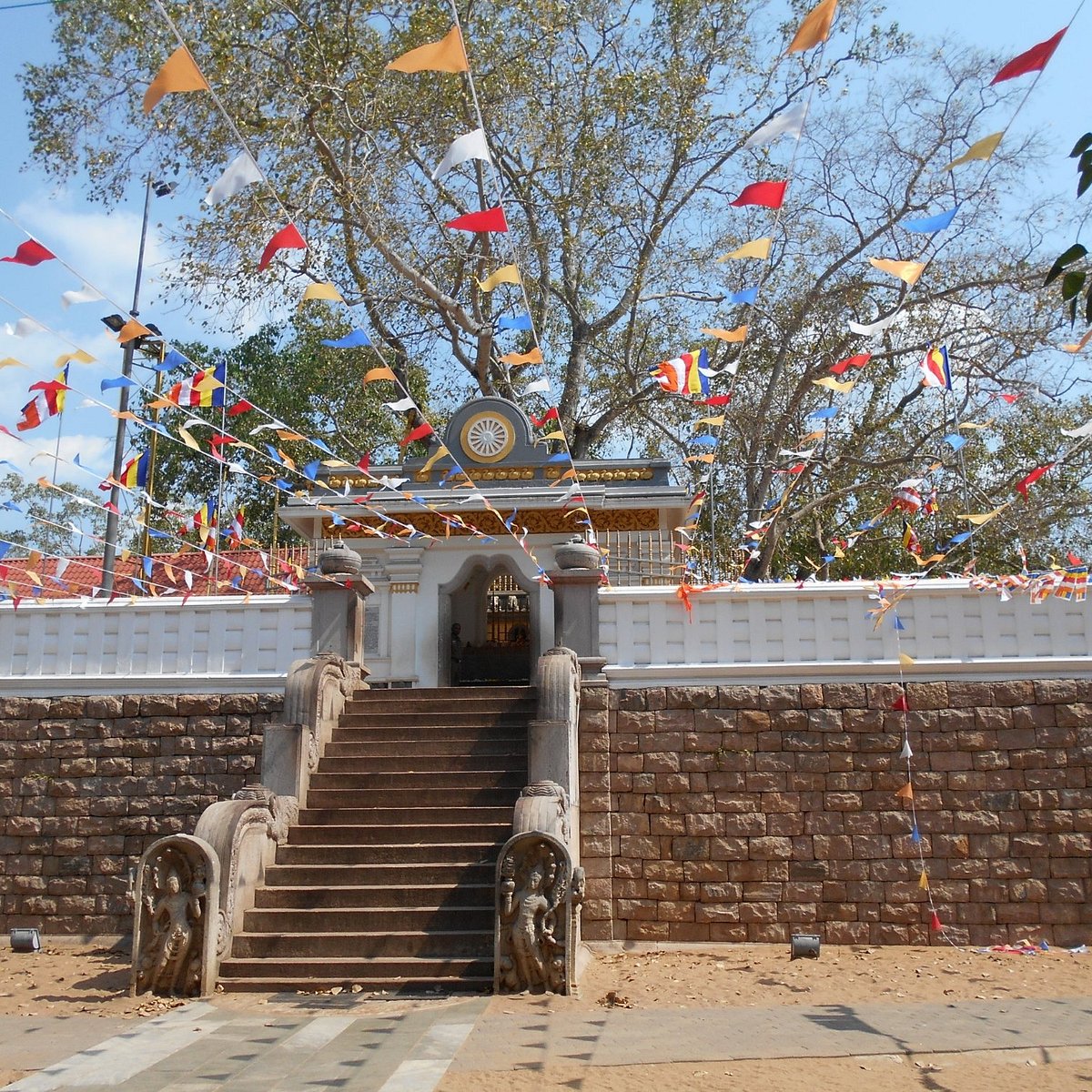
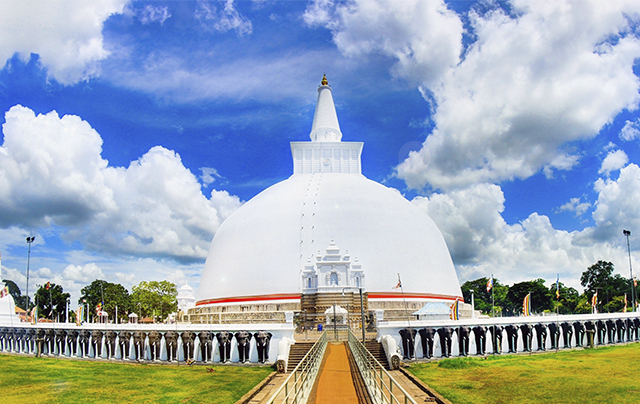
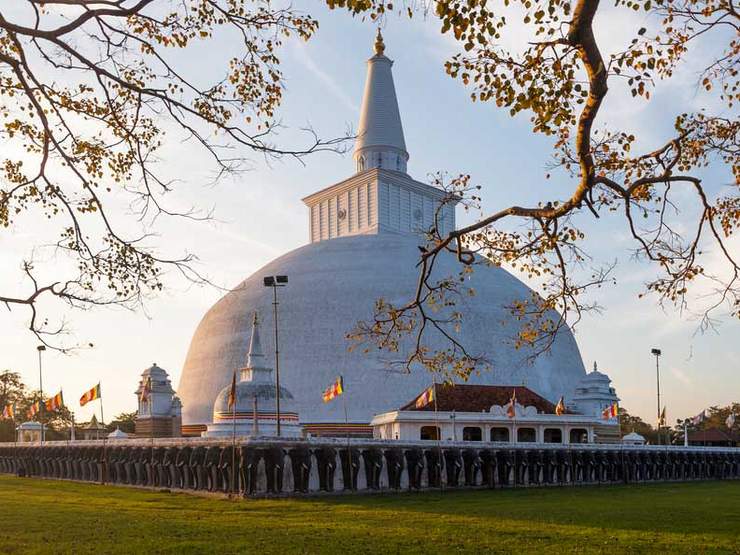
*Photo credits go to the respective owners
